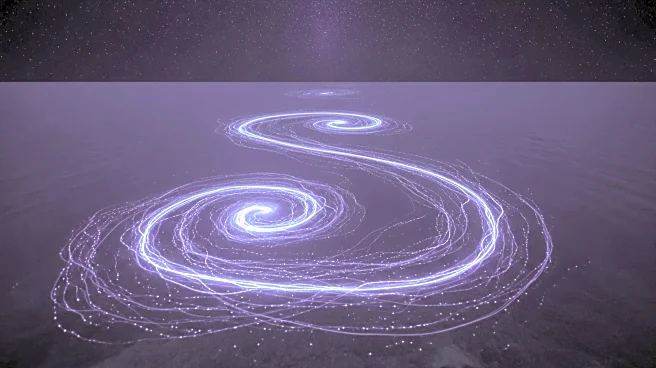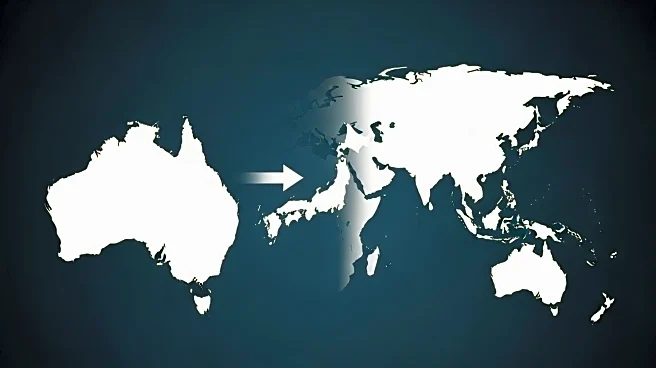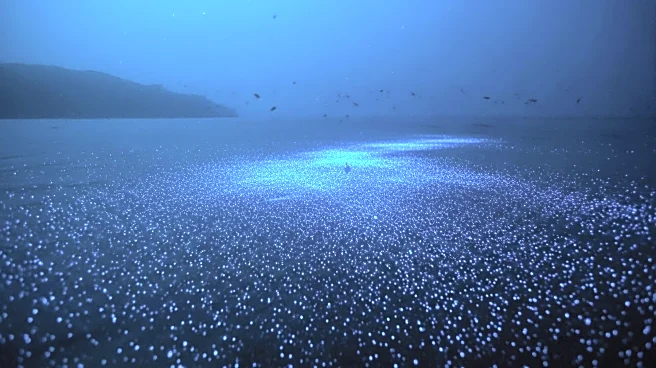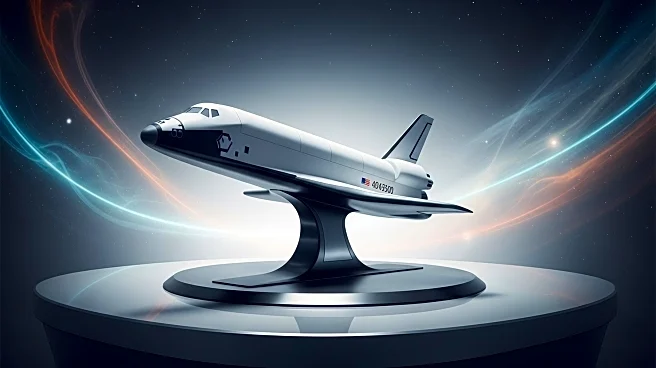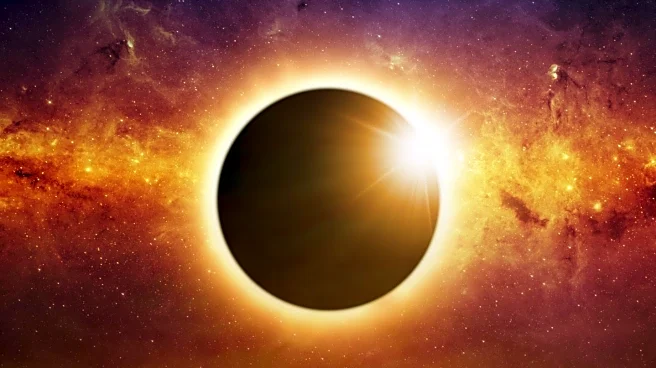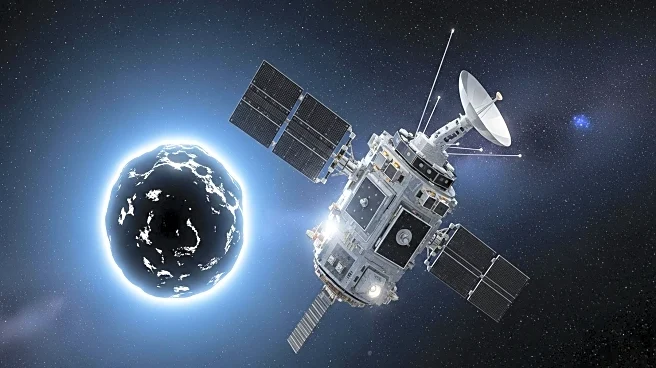What is the story about?
What's Happening?
NASA satellites have captured a massive bloom of bioluminescent phytoplankton in the Great Australian Bight, creating a striking turquoise glow visible from space. This phenomenon is due to high concentrations of chlorophyll-a in the phytoplankton, thriving in nutrient-rich waters. The bloom supports a diverse marine ecosystem, attracting species like blue whales and highlighting the ecological importance of such phenomena.
Why It's Important?
The bioluminescent phytoplankton bloom plays a critical role in supporting marine life and contributes to global oxygen production and climate regulation. Understanding these blooms can enhance our knowledge of ocean circulation, nutrient cycling, and seasonal dynamics. The findings may impact conservation efforts and the management of marine ecosystems.
What's Next?
Researchers will continue to study the seasonal patterns and oceanographic dynamics of the bloom to understand its impact on marine ecosystems. Further observations may provide insights into the processes that govern oceanic life and contribute to environmental protection efforts.
Beyond the Headlines
The visibility of bioluminescent phytoplankton from space showcases the beauty and ecological significance of microscopic marine life. It underscores the importance of oceanographic research in addressing climate change and maintaining ecological balance.
AI Generated Content
Do you find this article useful?
